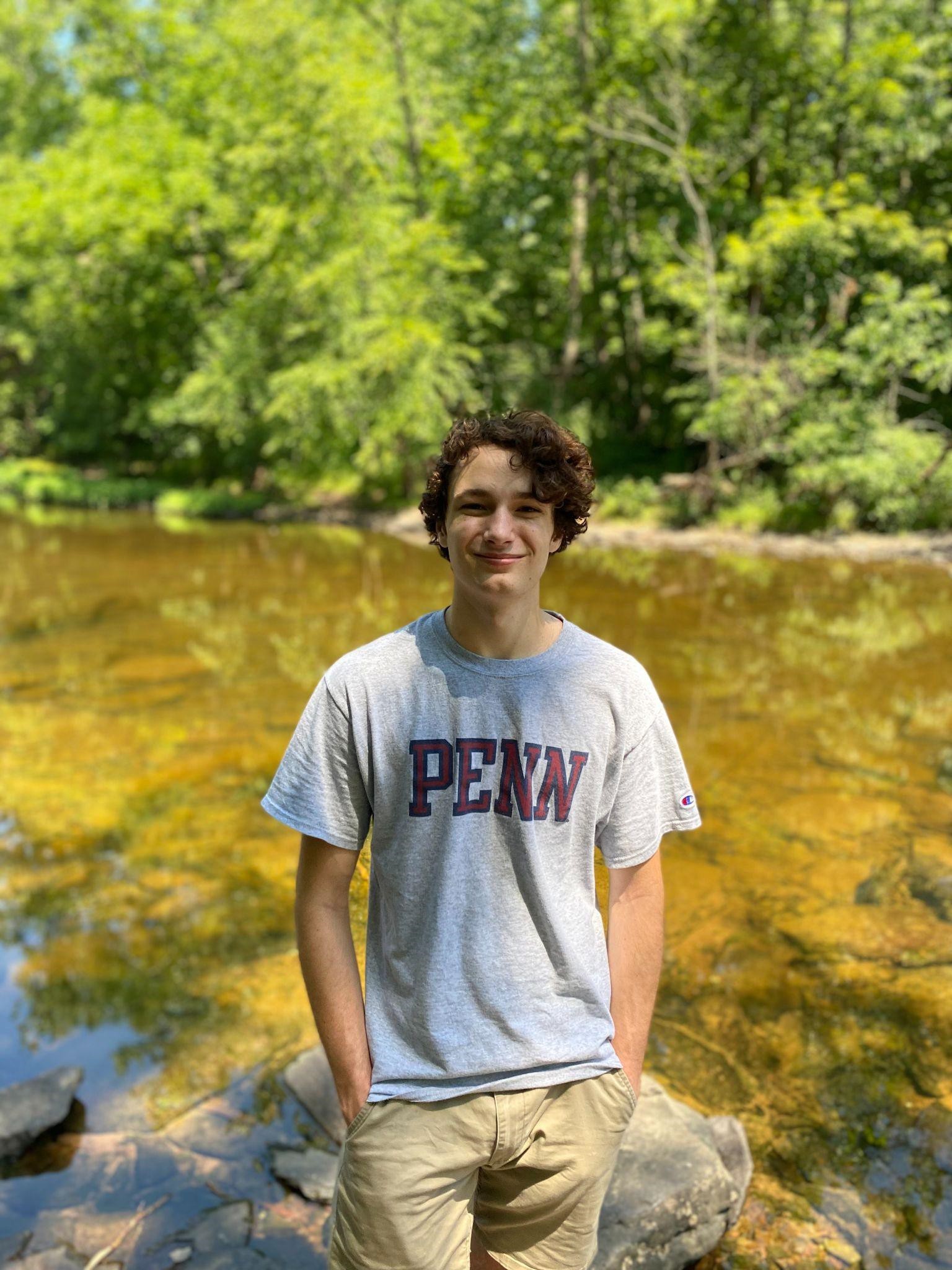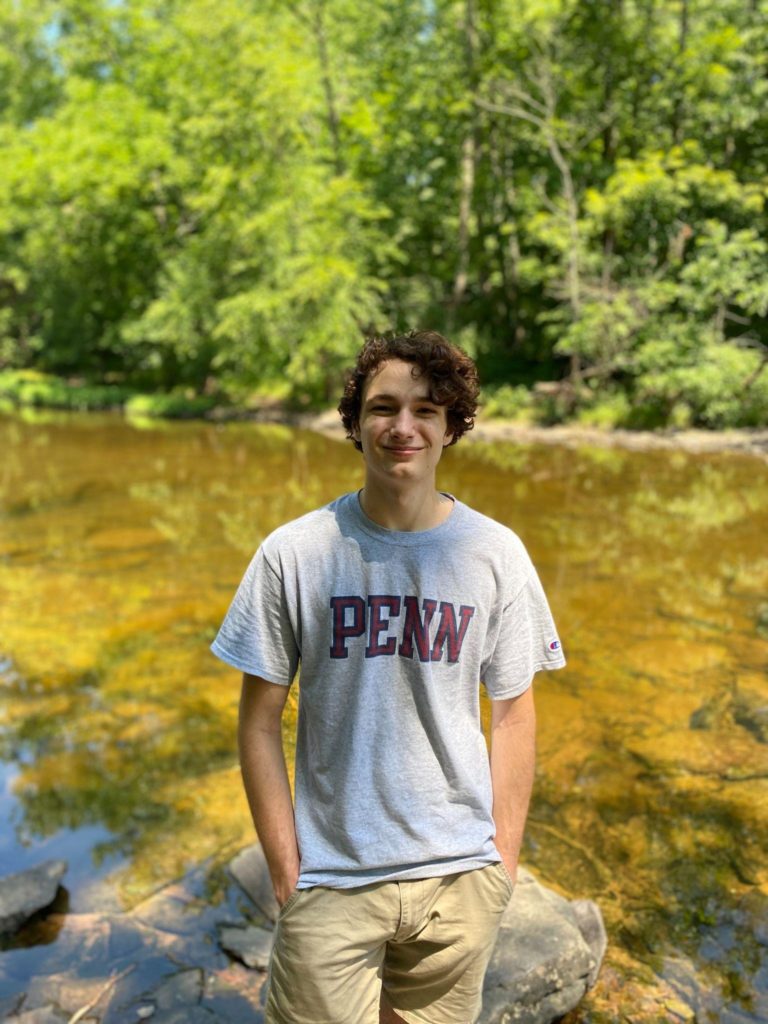Hello, my name is Guthrie Buehler. I grew up in Philadelphia, and I am now entering my third year at Penn studying Health and Societies with a public health concentration. One aspect of my time studying public that has particularly captured me is the ecosocial theory of health, which posits that one’s physical health is the embodiment of their environment. This inspired my interest in environmental health and led me to apply to the STEER program.
What is your research project?
I worked in Dr. David Jang’s lab, which studies the effects of carbon monoxide poisoning on mitochondrial function. In our study, we expose rats to carbon monoxide gas for a period of time at a concentration similar to that a person would experience in a standard poisoning. After this exposure, blood and tissue samples are taken. This lab tests both brain mitochondria and peripheral blood mononuclear cells (PBMCs) as biomarkers for CO poisoning.
Both the brain mitochondria and PBMC mitochondria are tested using a respitrometer, which exposes the cells to oxygen, and measures their oxygen consumption. Using a variety of inhibitors, substrates, and uncouplers to the cells, we are able to observe the oxygen consumption of specific complexes in the electron transport system. Through this analysis, it was determined that complex four of the ETS is most affected by carbon monoxide poisoning.
What are the implications of your research?
Traditional biomarkers used to diagnose the severity of carbon monoxide poisoning in a clinical setting, such as interleukins, microRNA, and lactate, have implementation issues due to the timescale and cost limitations of tissue biopsies. The eventual goal of this project is to demonstrate that mitochondrial function is a superior biomarker of CO poisoning given the low cost to sample blood, and the rapidity and accuracy with which the severity of poisoning can be determined using respirometry. The secondary objective of this research is to demonstrate that carbon monoxide poisoning is a complex injury, affecting not just oxygen carrying capacity as was traditionally assumed, but also inhibiting mitochondrial function.
What new skills have you gained through your research?
During my time in Dr. Jang’s lab, I learned how to work with data sets using a specialized data software developed for the Oroboros O2k respirometer. I also got an introduction to basic science methods such as the western blot and animal handling and dissection through observation. During the initial part of my internship learning the necessary details and context of Dr. Jang’s research, I developed my skills reading and synthesizing scientific literature. Finally, my work developing a final presentation for the project has helped me learn how to explain and present data to other researchers.






